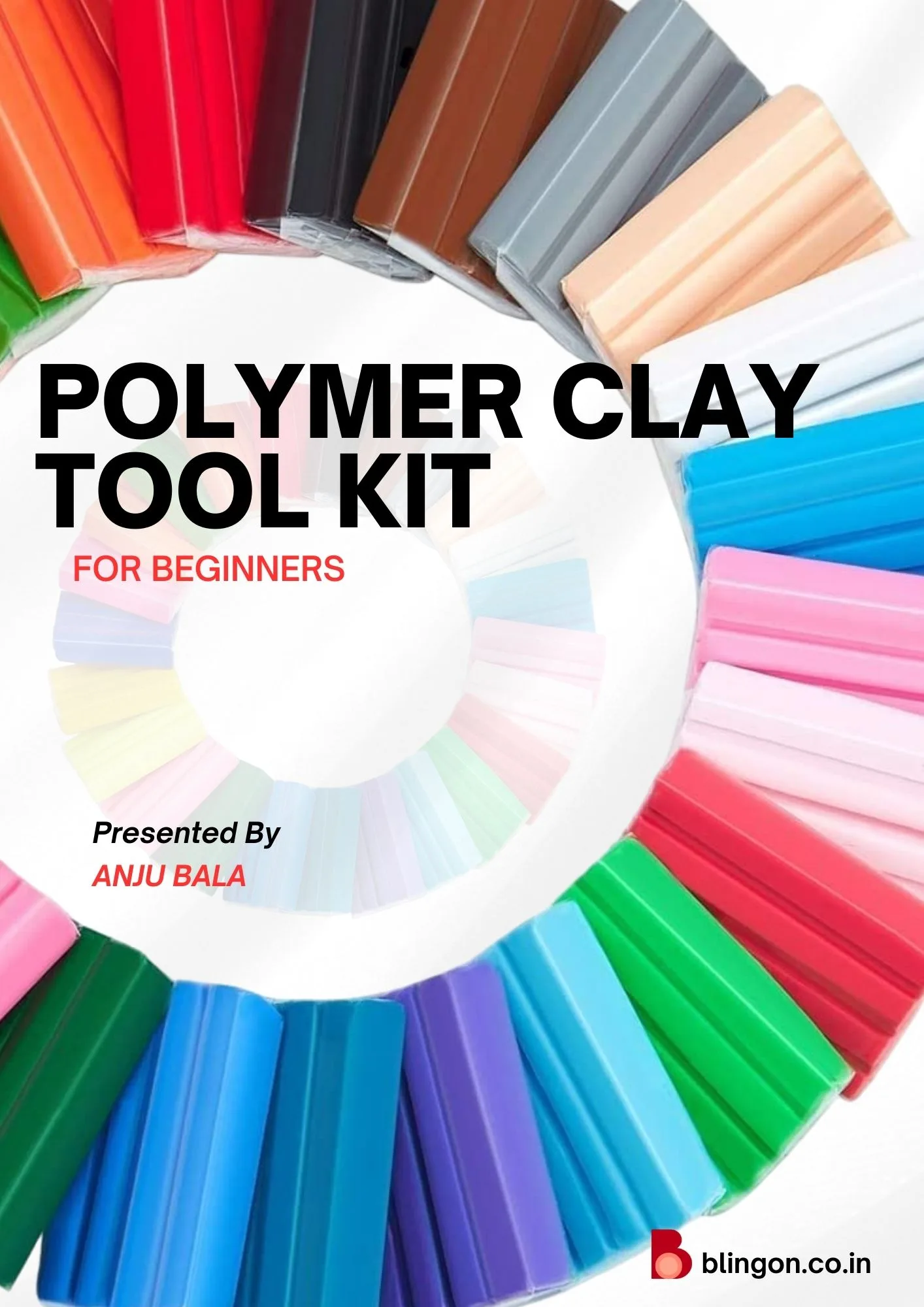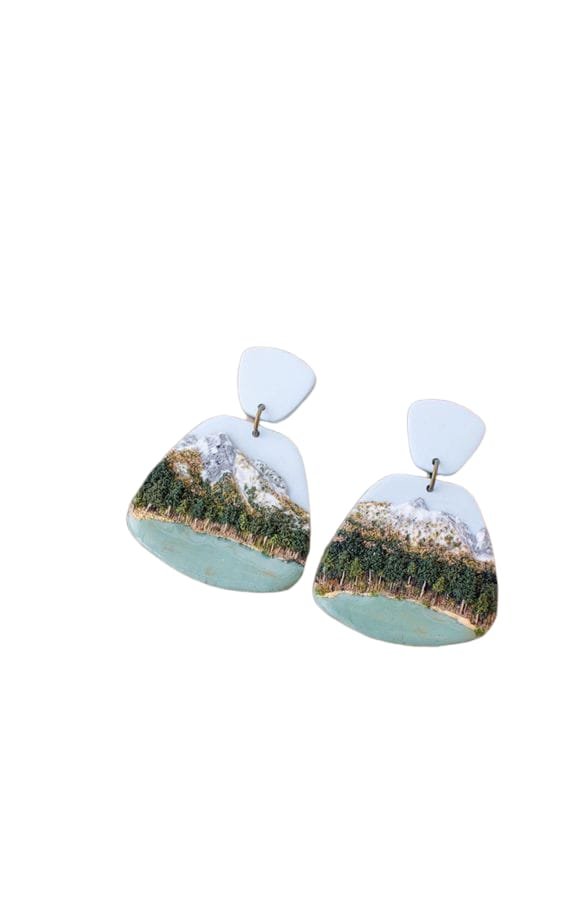How to care your Polymer Clay Jewellery

Polymer clay jewellery has gained immense popularity for its versatility, vibrant colours, and intricate designs. Whether you’ve purchased or created polymer clay jewellery, proper care is essential to ensure its longevity and retain its beauty. This guide will walk you through the steps of caring for your polymer clay jewellery to keep it looking stunning for years to come.
1. Storage Matters
Proper storage is the foundation of polymer clay jewellery care. When not wearing your jewellery, store it in a cool, dry place away from direct sunlight. Excessive heat can soften the clay and cause it to lose its shape or even stick to other surfaces. Keep your pieces separate to prevent scratching or tangling. Using individual compartments or small pouches can be a great way to store and protect your jewellery.
2. Avoid Moisture and Chemicals
Polymer clay is not inherently water-resistant. Exposure to moisture can cause the clay to become soft, distorted, or discoloured. Always remove your polymer clay jewellery before swimming, showering, or engaging in activities that may expose it to water. Similarly, chemicals such as perfumes, lotions, and cleaning products can damage the clay’s surface or cause fading. It’s best to put on your polymer clay jewellery after applying any cosmetics.
3. Handle with Care
While polymer clay is durable, it’s not indestructible. Avoid dropping or forcefully banging your jewelry against hard surfaces, as this can lead to cracking or breakage. When putting on or removing your jewelry, handle it gently and avoid applying excessive pressure. Treat your polymer clay pieces like delicate works of art.
4. Cleaning Techniques
Cleaning your polymer clay jewelry requires a delicate touch. To remove dust or dirt, use a soft, dry brush or a lint-free cloth. If the piece is mildly soiled, you can dampen the cloth slightly with water and gently wipe the surface. Avoid using abrasive materials, harsh chemicals, or vigorous scrubbing, as these can damage the clay’s finish.
5. Avoid Prolonged Sunlight
Direct sunlight can cause polymer clay colours to fade over time. When storing or displaying your jewellery, choose a location that is away from prolonged exposure to sunlight. If you want to showcase your pieces, consider using display cases with UV protection to shield them from harmful rays.
6. Repairs and Maintenance
In case your polymer clay jewelry gets damaged, such as a small crack or chip, it may be possible to repair it. Many jewelry artists offer repair services, or you can attempt to repair it yourself using polymer clay adhesive or bakeable clay to fill in minor imperfections. However, for more complex repairs, it’s recommended to consult a professional.
7. Regular Inspections
Make it a habit to periodically inspect your polymer clay jewelry for any signs of wear or damage. Look for cracks, chips, or any changes in the appearance of the piece. Early detection can prevent further damage and may make repairs easier.
8. Consider Removable Components
If your polymer clay jewelry features removable components such as pendants or charms, you might want to remove them before engaging in activities that could put the jewelry at risk of damage. This can help preserve the most delicate parts of your piece.
9. Avoid Extreme Temperatures
Polymer clay becomes pliable at relatively low temperatures. Therefore, avoid leaving your jewelry in extremely hot environments, such as inside a car on a sunny day. High temperatures can lead to distortion or melting of the clay.
Polymer clay jewelry is not just an accessory; it’s a piece of wearable art. By following these care guidelines, you can ensure that your jewelry remains as beautiful as the day you acquired it. Remember that each piece is unique, and with a little attention and care, you can enjoy your polymer clay jewelry for years to come.

Our latest and greatest
“Radiate Elegance: Glow in the Dark Resin Rings Unisex”
₹149.00 – ₹199.00Art Coasters Unique Gift | Home Decor | Gifts for Her | Housewarming Gift | Best Gift
Original price was: ₹1,200.00.₹399.00Current price is: ₹399.00.Autumn Scenery Love Earrings-Bling On
₹399.00Beach Letter Glittery Resin Keychain
₹399.00Bigfoot Pendant Necklace-Hand Made
₹499.00










Leave a comment
Your email address will not be published. Required fields are marked *
You must be logged in to post a comment.